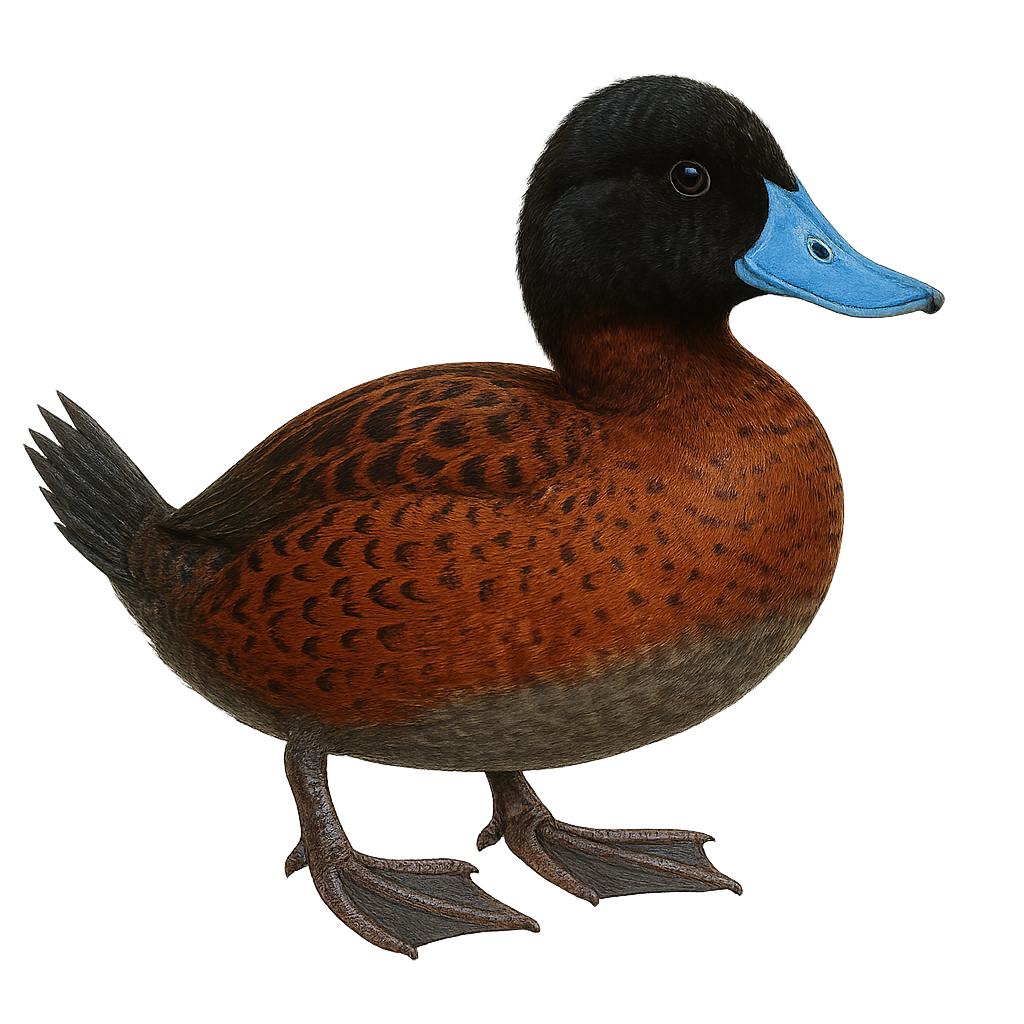Your wildlife photography guide.
Explore the masked duck in detail, study its behavior, prepare your shots.
Where to observe and photograph the masked duck in the wild
Learn where and when to spot the masked duck in the wild, how to identify the species based on distinctive features, and what natural environments it inhabits. The WildlifePhotographer app offers tailored photography tips that reflect the masked duck’s behavior, helping you capture better wildlife images. Explore the full species profile for key information including description, habitat, active periods, and approach techniques.
Masked Duck
Scientific name: Nomonyx dominicus

IUCN Status: Least Concern
Family: ANATIDAE
Group: Birds
Sensitivity to human approach: Suspicious
Minimum approach distance: 10 m
Courtship display: June to September
Incubation: 25-26 jours
Hatchings: June to October
Habitat:
Marshes, ponds, lakes
Activity period :
Mainly active at night, generally discreet during the day.
Identification and description:
The Masked Duck is a small diving duck known for its unique plumage and elusive behavior. Males display a striking rufous plumage with a black head and a distinctive white mask, while females and juveniles are duller with brownish patterns. This species prefers dense aquatic habitats such as marshes and ponds with abundant vegetation. It is primarily nocturnal, feeding on aquatic plants, insects, and small invertebrates. Although widely distributed in the Caribbean and parts of Central and South America, it remains difficult to spot due to its shy nature and habit of hiding in dense vegetation.
Recommended lens:
400mm – adjust based on distance, desired framing (portrait or habitat), and approach conditions.
Photography tips:
To photograph the Masked Duck, focus on twilight or nighttime hours when activity is at its peak. Use a 400mm or longer telephoto lens to capture detailed images from a distance, minimizing the risk of disturbing the bird. Patience is key, as this species is suspicious and often hides in dense vegetation. A tripod can be helpful to stabilize your camera in low-light conditions. Be ready to quickly adjust your settings to capture fast movements or changes in light.
The WildlifePhotographer App is coming soon!
Be the first to explore the best nature spots, track rutting seasons, log your observations, and observe more wildlife.
Already 1 439 wildlife lovers subscribed worldwide

